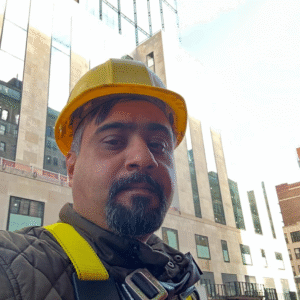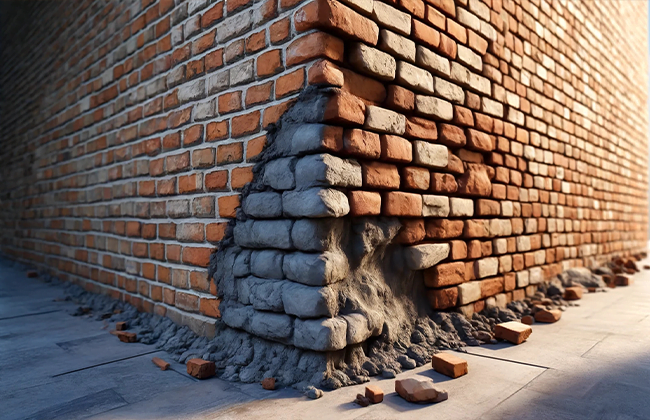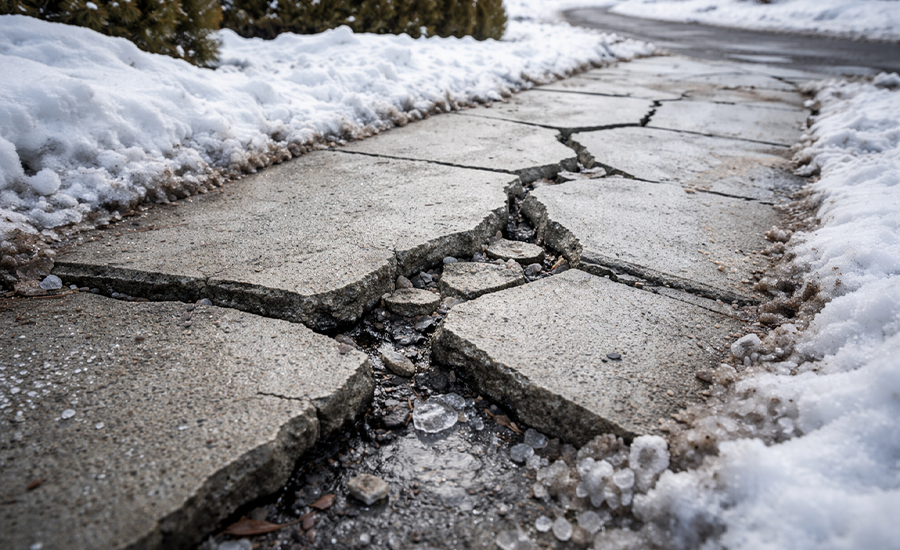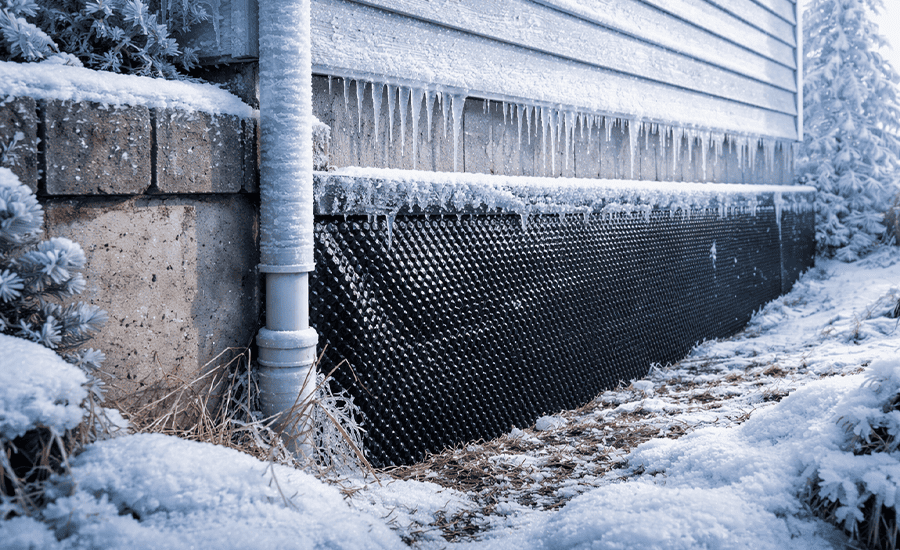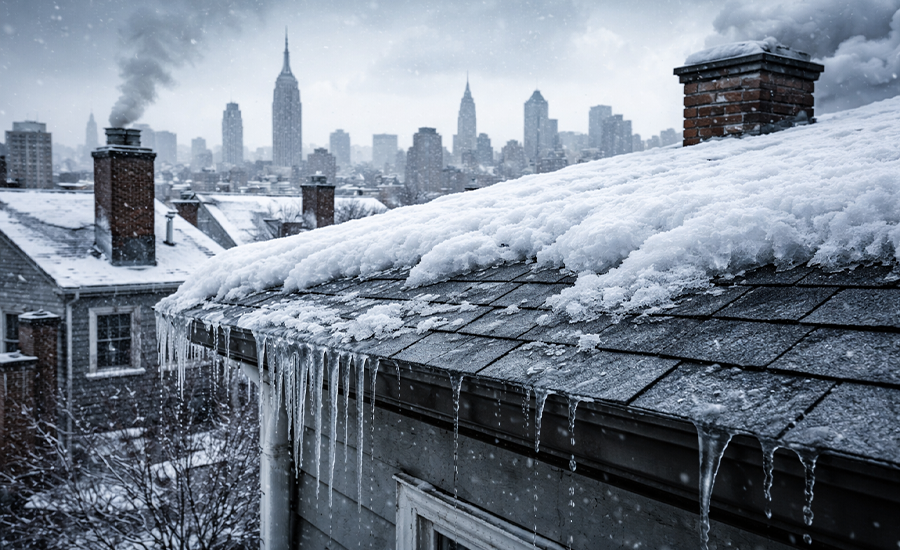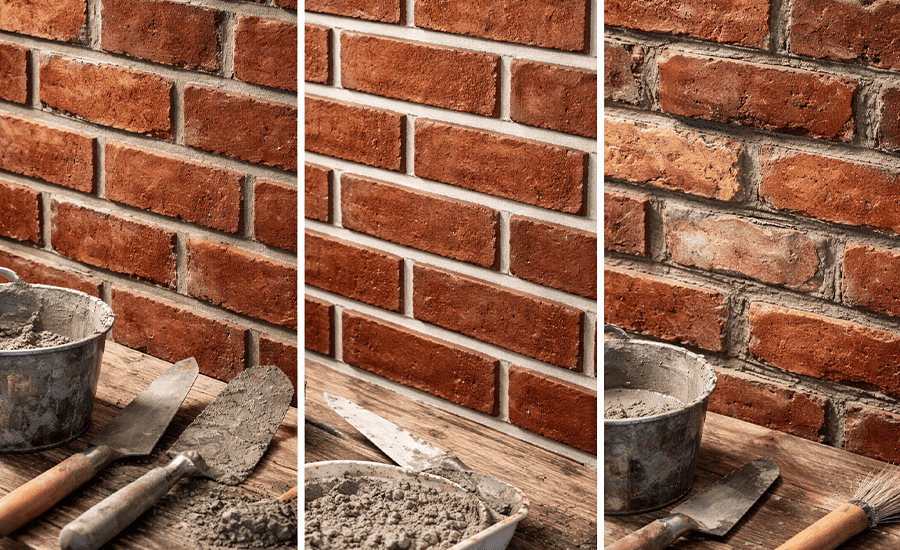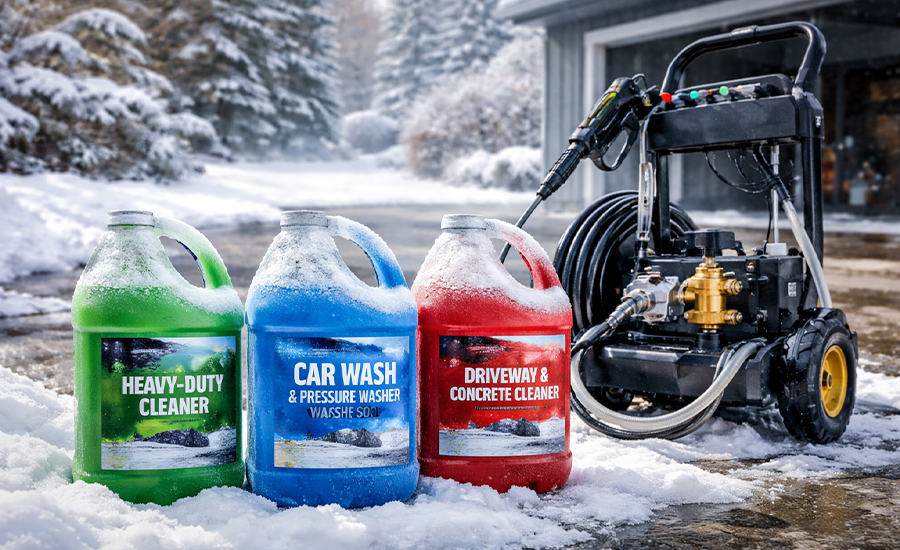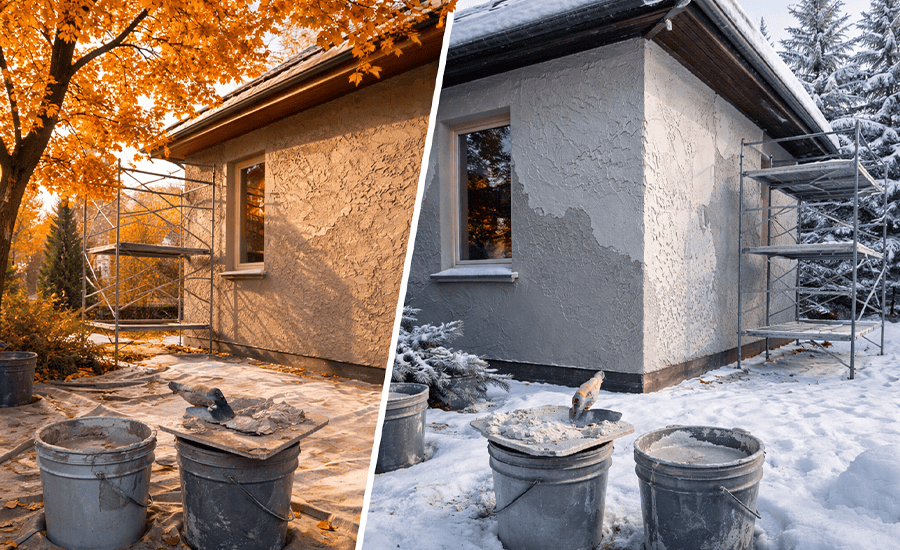Bad repointing can significantly undermine the structural integrity and aesthetic value of your property. When the mortar used does not match the original in terms of strength, color, and texture, it leads to a host of issues including accelerated deterioration and water infiltration. This article explores the critical aspects of bad repointing, how to identify it, and effective methods for correction.
What is Bad Repointing?
Bad repointing refers to poorly executed restoration of the mortar joints in masonry structures. This work is critical because it affects the building’s durability and its resistance to environmental factors. When done incorrectly, bad repointing introduces risks like structural weakness and water infiltration. Typically, this occurs due to the use of unsuitable mortar, lack of skilled craftsmanship, or skipping essential steps in joint preparation. Proper repointing should restore the masonry’s integrity, matching the original material as closely as possible and ensuring the structure’s longevity.
Signs of Bad Repointing
Identifying poor repointing is crucial for maintaining the structural health of a building. Here are the primary indicators:
1. Mismatched Mortar
The most noticeable sign of bad repointing is the use of mortar that doesn’t match the existing material in color, texture, or strength. Appropriate mortar should integrate seamlessly with the original, supporting the masonry without overpowering it. Mortar that is too hard can accelerate the deterioration of softer bricks, while too soft mortar might fail to provide the needed support, leading to quicker degradation of the joint.
2. Sloppy Craftsmanship
Another clear indicator is the quality of the craftsmanship visible on the brickwork. If you see mortar smears on the bricks or mortar lines that are not uniform, it suggests haste and lack of attention to detail during the job. Such carelessness can not only affect the appearance but also compromise the functionality of the mortar, leading to potential moisture problems and structural instability.
3. Inadequate Joint Preparation
For repointing to be effective, the old mortar must be removed to a certain depth to allow for a sufficient amount of new mortar to bond effectively. Inadequate removal, or shallow cleaning, results in weak joint performance and reduced lifespan of the repointing work. Proper preparation involves meticulous removal of the deteriorated mortar and thorough cleaning of the joints before applying the new mortar.

Consequences of Bad Repointing
Understanding the consequences of bad repointing helps in appreciating why meticulous attention to detail is crucial during the repointing process. Here’s how poor repointing can affect a building:
Structural Damage
One of the most serious consequences of bad repointing is structural damage. When the wrong type of mortar is used, it can be too hard or too soft compared to the existing masonry, leading to an imbalance in how the structure handles stress and environmental factors. A mortar that is too hard can force the bricks to absorb too much stress, leading to cracks and breaks. Conversely, a mortar that is too soft might not provide sufficient support, causing the bricks to loosen and shift. Both scenarios can lead to accelerated deterioration of the brickwork and potentially compromise the building’s safety.
Water Infiltration
Another significant issue caused by bad repointing is water infiltration. Properly filled and sealed joints prevent water and moisture from entering the structure. However, if the joints are not adequately filled—perhaps due to poor craftsmanship or inadequate depth of mortar application—water can find its way into these gaps. Over time, this moisture can cause extensive damage to both the interior and exterior of the building, including problems such as mold, mildew, and rot in wooden structures, which can be expensive to repair and pose health risks.
Reduced Property Value
Finally, the aesthetic impact of bad repointing should not be underestimated. Visible flaws in repointing work, such as mismatched mortar or sloppy application, can significantly detract from a building’s appearance. For residential properties, curb appeal is crucial and can directly influence the property’s market value. For commercial properties, appearance can affect business perceptions. In both cases, poor repointing can lead to a decrease in property value, making it a less attractive investment for potential buyers or renters.
How to Avoid Bad Repointing
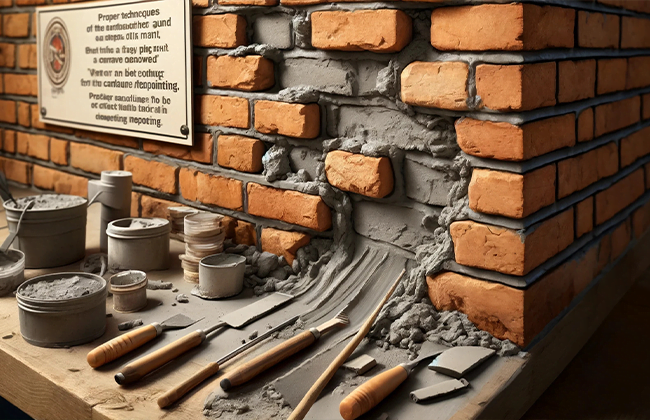
Avoiding bad repointing is essential for maintaining the structural integrity and aesthetic value of your property. Here’s how you can ensure that repointing is done correctly:
1. Choosing the Right Contractor
The key to a successful repointing project lies in selecting the right contractor. It’s crucial to choose professionals who not only have the technical skills but also a deep understanding of the architectural style and historical value of your building. Here are a few tips:
- Check Credentials: Look for a contractor with certifications and training in masonry and restoration work.
- Review Past Work: Ask for case studies or photos of previous projects. This will give you an idea of their work quality and whether they have experience with buildings similar to yours.
- Read Reviews: Check online reviews or ask for references to get feedback from previous clients.
2. Understanding Mortar Matching
Proper mortar matching goes beyond just the visual match; it involves understanding the physical and chemical properties of the original mortar. Here’s what to consider:
- Porosity: The new mortar should have similar porosity to the old mortar. This ensures that the building breathes uniformly, preventing trapped moisture that can lead to damage.
- Color and Texture: These should be matched as closely as possible to maintain the visual continuity of the masonry.
- Composition: The constituents of the mortar—type of lime or cement, aggregate, and additives—must be chosen based on the original mortar to ensure compatibility.
3. Regular Inspections and Maintenance
Regular maintenance and early detection of potential problems can prevent the need for extensive repointing. Here’s what you can do:
- Routine Checks: Inspect your masonry periodically for signs of wear or damage, especially after severe weather conditions.
- Professional Evaluations: Consider having a professional mason inspect your property every few years to assess the condition of the mortar and the overall masonry.

Repairing Bad Repointing
When faced with the consequences of bad repointing, addressing the issue promptly is crucial to prevent further damage to your structure. Here’s how you can effectively repair bad repointing:
Assessing the Damage
Before any repair work begins, a thorough assessment of the damage is necessary. This step involves:
- Identifying the Extent: Determine how much of the repointing is faulty and assess the impact on the surrounding masonry.
- Consulting a Specialist: It’s advisable to consult with a masonry expert who can provide a detailed analysis and recommend the best course of action.
Removing Incorrect Mortar
The first step in the repair process involves carefully removing the incorrectly applied mortar. You must do this with precision to avoid damaging the existing bricks. Here’s what to consider:
- Use the Right Tools: Use tools such as a plugging chisel or a mortar rake to gently remove the mortar without chipping or cracking the bricks.
- Depth of Removal: Remove the mortar to a sufficient depth, typically at least twice the width of the joint, to ensure proper bonding of the new mortar.
Selecting the Appropriate Mortar
Choosing the right mortar for the repair is critical. The new mortar should match the original in terms of composition, color, texture, and strength. Here’s how to ensure compatibility:
- Mortar Analysis: Consider having a laboratory analysis of the old mortar to accurately match the new mix.
- Consult with Professionals: Work with a mason or a historical preservation expert who understands the specific requirements of the building’s architecture and historical context.
Reapplying Mortar
Once the correct mortar is prepared, it’s time to reapply:
- Proper Application Techniques: Press the new mortar firmly into the cleaned joints to ensure good adhesion and compactness.
- Curing Process: Allow the mortar to cure slowly and naturally, avoiding rapid drying techniques that can weaken the joint.
Conclusion
As we’ve seen, bad repointing can lead to serious structural and aesthetic issues for any property. If you are looking for a professional contractor to handle repointing, it’s crucial to choose someone with the right experience and expertise. For assistance in finding a qualified contractor who specializes in correcting bad repointing, feel free to contact us at (+1) 917-355-8556.
FAQs
Q: What exactly is bad repointing?
A: Bad repointing occurs when the mortar used in the joints of masonry structures fails to match the physical and aesthetic qualities of the original mortar, leading to potential damage.
Q: How can I identify bad repointing on my property?
A: Look for signs like mismatched mortar color, uneven mortar lines, and evidence of crumbling or cracking, which indicate bad repointing.
Q: What are the risks of ignoring bad repointing?
A: Ignoring bad repointing can lead to structural damages, increased moisture issues, and a decrease in property value due to aesthetic decline.
Q: How often should I check for bad re-pointing?
A: It’s wise to inspect your masonry annually, especially after extreme weather conditions, to catch and rectify any signs of bad repointing early.
Q: Can bad repointing be fully corrected?
A: You can correct bad repointing by carefully removing the improper mortar. Replace it with one that matches the original in terms of composition and appearance.


